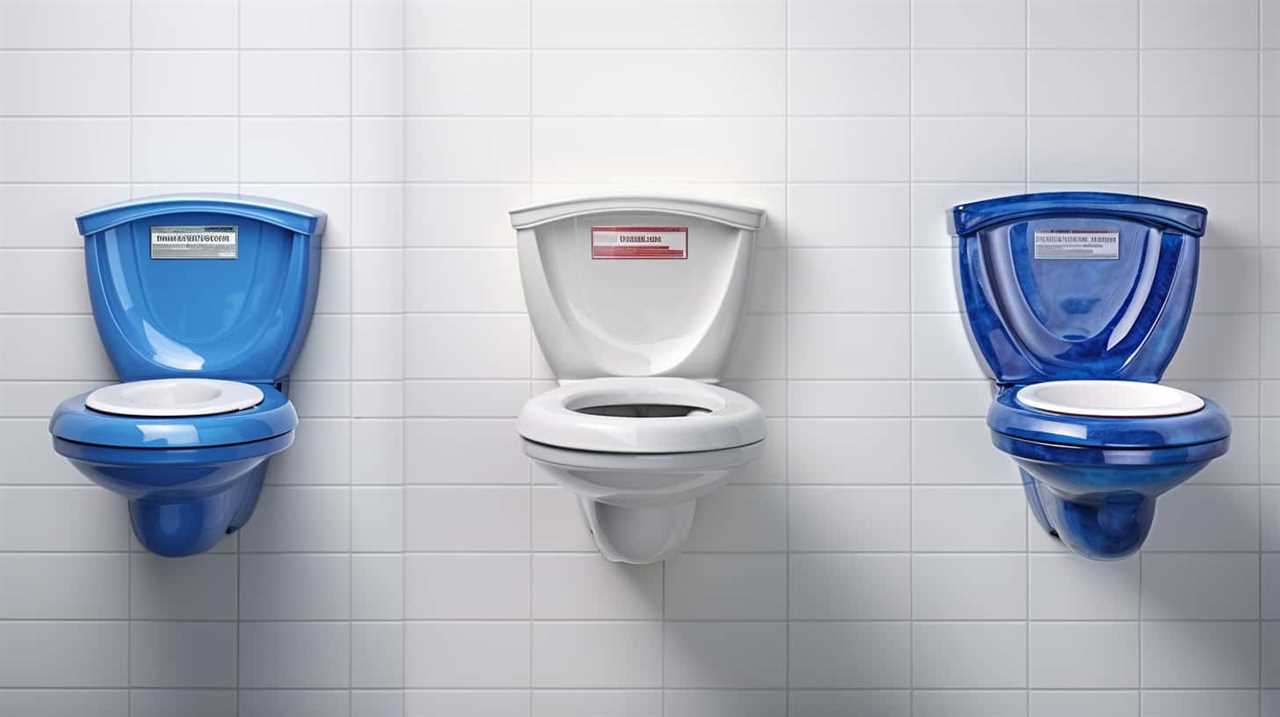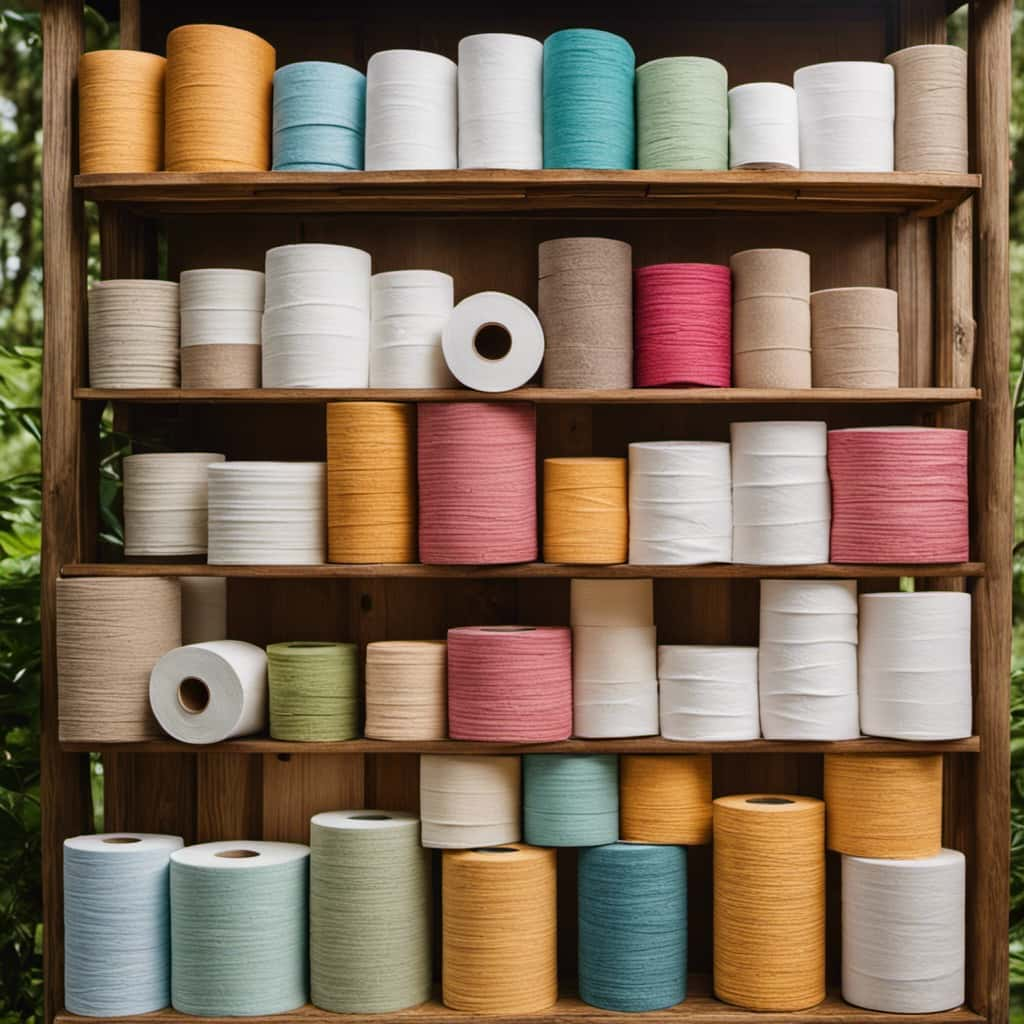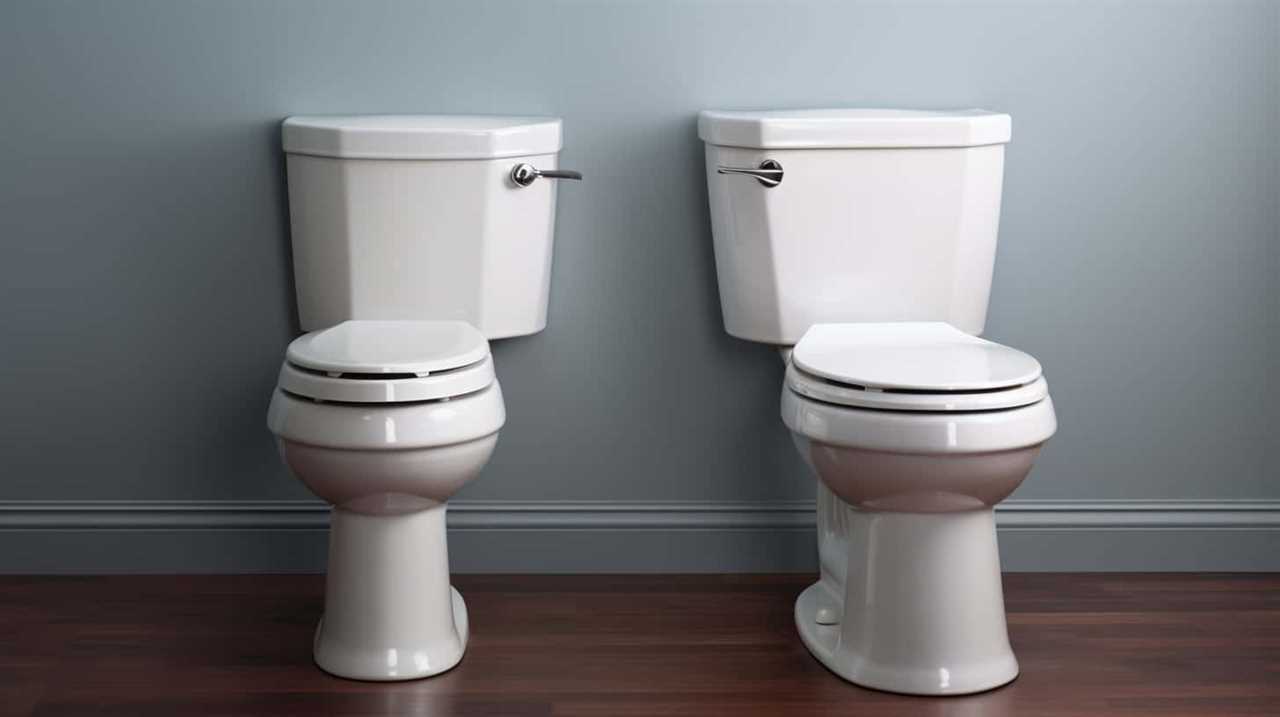We’ve all been there – a spill on the kitchen counter that needs immediate attention. But before we reach for the convenient kitchen roll to clean up the mess, we need to consider the potential consequences.
In this article, we’ll delve into the differences between kitchen roll and toilet paper, examine the impact on plumbing systems, address environmental concerns, and explore alternative methods for disposal.
So let’s dive in and master the art of responsible waste management.
Key Takeaways
- Kitchen roll is not designed to disintegrate quickly in water, unlike toilet paper.
- Flushing kitchen roll can lead to blockages in plumbing systems, causing costly repairs and requiring professional maintenance.
- Flushing kitchen roll can contribute to clogs and blockages in sewage systems, potentially leading to water pollution.
- Recycling or composting kitchen roll is recommended to reduce its environmental impact.
The Differences Between Kitchen Roll and Toilet Paper
When comparing kitchen roll and toilet paper, it’s important to understand the differences in their composition and intended usage.

One significant difference is their absorbency. Kitchen roll is designed to quickly absorb liquids and spills, making it ideal for cleaning up messes in the kitchen. It’s typically thicker and more absorbent than toilet paper, which is primarily designed for personal hygiene purposes.
Toilet paper is specifically formulated to dissolve easily in water, ensuring it doesn’t cause plumbing issues when flushed.
Another important consideration is hygiene. Kitchen roll isn’t designed to be used on the body, as it may contain chemicals or other substances that could irritate the skin. On the other hand, toilet paper is specifically manufactured to be gentle and safe for use on sensitive areas.
Understanding these differences is crucial for using the appropriate product in the right context.

Understanding the Impact on Plumbing Systems
To understand the impact on plumbing systems, it’s important to consider the potential consequences of flushing kitchen roll down the toilet.
While toilet paper is specifically designed to disintegrate quickly in water, kitchen roll is not. Kitchen roll is generally thicker and more absorbent, making it less suitable for flushing.
When flushed, kitchen roll can accumulate and form blockages in the plumbing system. These blockages can lead to costly repairs and require professional plumbing maintenance.
Additionally, the thicker material of kitchen roll can cause it to get caught in pipes, further contributing to potential blockages.

It’s crucial to prioritize the proper disposal of kitchen roll in order to maintain the integrity and functionality of plumbing systems.
Environmental Concerns of Flushing Kitchen Roll
Now let’s delve into the environmental concerns that arise when kitchen roll is flushed down the toilet.
Flushing kitchen roll can have negative impacts on the environment for a couple of reasons. First, kitchen roll isn’t typically designed to break down easily in water, unlike toilet paper. This means that it can contribute to clogs and blockages in sewage systems, leading to costly repairs and potential pollution of waterways.
Second, kitchen roll is often made from virgin paper, which means that valuable resources are being used to produce it. Instead of flushing kitchen roll, it’s recommended to explore recycling options for this type of waste. Alternatively, kitchen roll can be composted if it isn’t contaminated with food or other non-compostable materials.
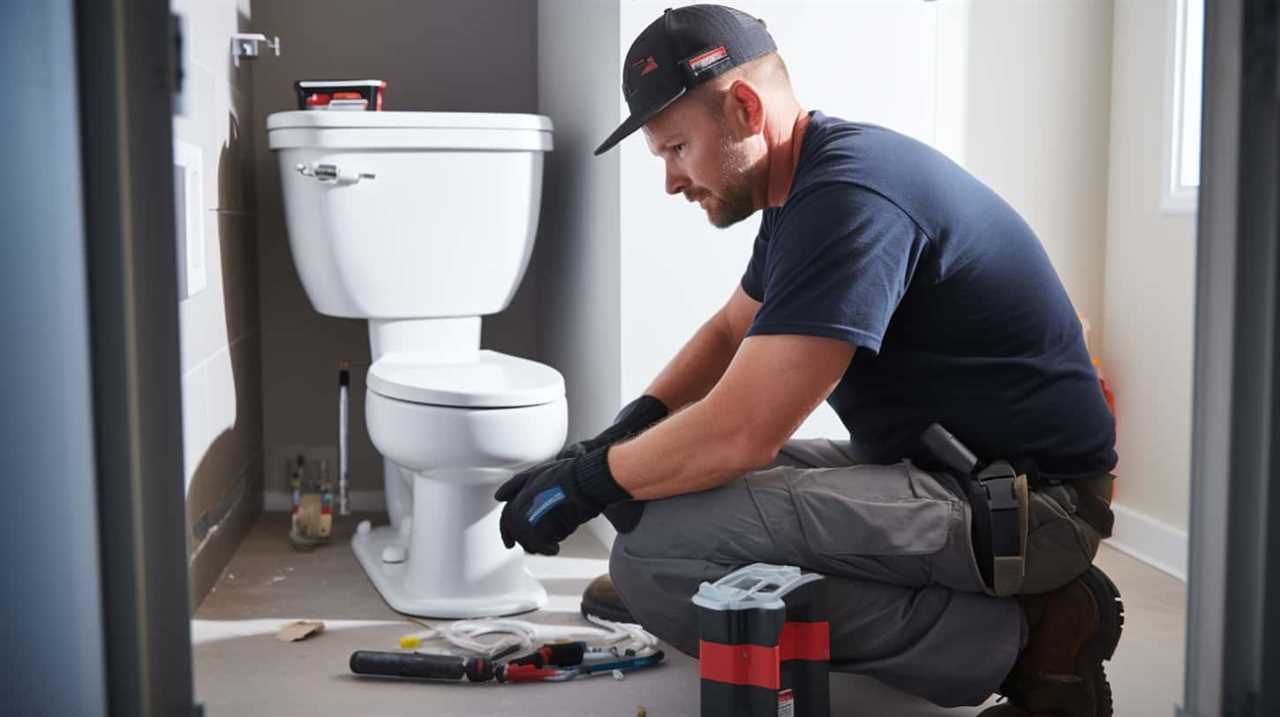
Transitioning into the next section, let’s now explore some alternatives to flushing kitchen roll down the toilet.
Alternatives to Flushing Kitchen Roll Down the Toilet
An alternative to flushing kitchen roll down the toilet is using reusable cloth towels. Not only does this option reduce waste and contribute to a more eco-friendly lifestyle, but it also saves money in the long run. Reusable cloth towels can be easily washed and reused, making them a sustainable choice for cleaning up messes in the kitchen. To help you understand the benefits of this alternative, we have created a table comparing disposable kitchen roll and reusable cloth towels:
| Disposable Kitchen Roll | Reusable Cloth Towels | |
|---|---|---|
| Environmental | High | Very High |
| Impact | ||
| Cost | Moderate | Low |
| Hygiene | High | High |
As you can see, using reusable cloth towels is a more eco-friendly and cost-effective option compared to flushing kitchen roll down the toilet. However, it’s important to know the proper disposal methods for kitchen roll, which we will discuss in the next section.
Proper Disposal Methods for Kitchen Roll
When it comes to properly disposing of kitchen roll, we should consider more sustainable options. Here are three disposal options that aren’t only environmentally friendly but also practical:

- Recycling: Many kitchen rolls are made from paper fibers that can be recycled. Check with your local recycling facilities to see if they accept kitchen roll. If they do, make sure to remove any food residue before recycling.
- Composting: Another option is to compost your kitchen roll. Tear it into smaller pieces and add it to your compost bin or pile. The paper fibers will break down over time and become nutrient-rich compost for your plants.
- Reuse: If your kitchen roll is still in good condition, consider reusing it for other household tasks. You can use it as a makeshift napkin, for cleaning surfaces, or even as packing material.
Frequently Asked Questions
Can I Use Kitchen Roll as a Substitute for Toilet Paper?
Using kitchen roll as a substitute for toilet paper may seem convenient, but it can have negative environmental impacts. It is important to consider kitchen roll alternatives that are more sustainable and flushable.
Is It Safe to Flush Toilet Paper Down the Toilet?
Flushing toilet paper is generally safe, but it’s important to consider the environmental impact. Using toilet paper alternatives, like kitchen roll, may seem convenient, but it can clog pipes and harm sewage systems.
How Does Flushing Kitchen Roll Affect Septic Systems?
Flushing kitchen roll down the toilet can have negative effects on plumbing and the environment. It can clog pipes and cause blockages in septic systems. Additionally, the materials used in kitchen roll are not designed to break down easily in water.
What Are the Potential Consequences of Flushing Kitchen Roll Down the Toilet?
Flushing kitchen roll down the toilet can lead to potential plumbing issues and have a negative environmental impact. It is crucial to avoid this practice as it can clog pipes and damage septic systems.
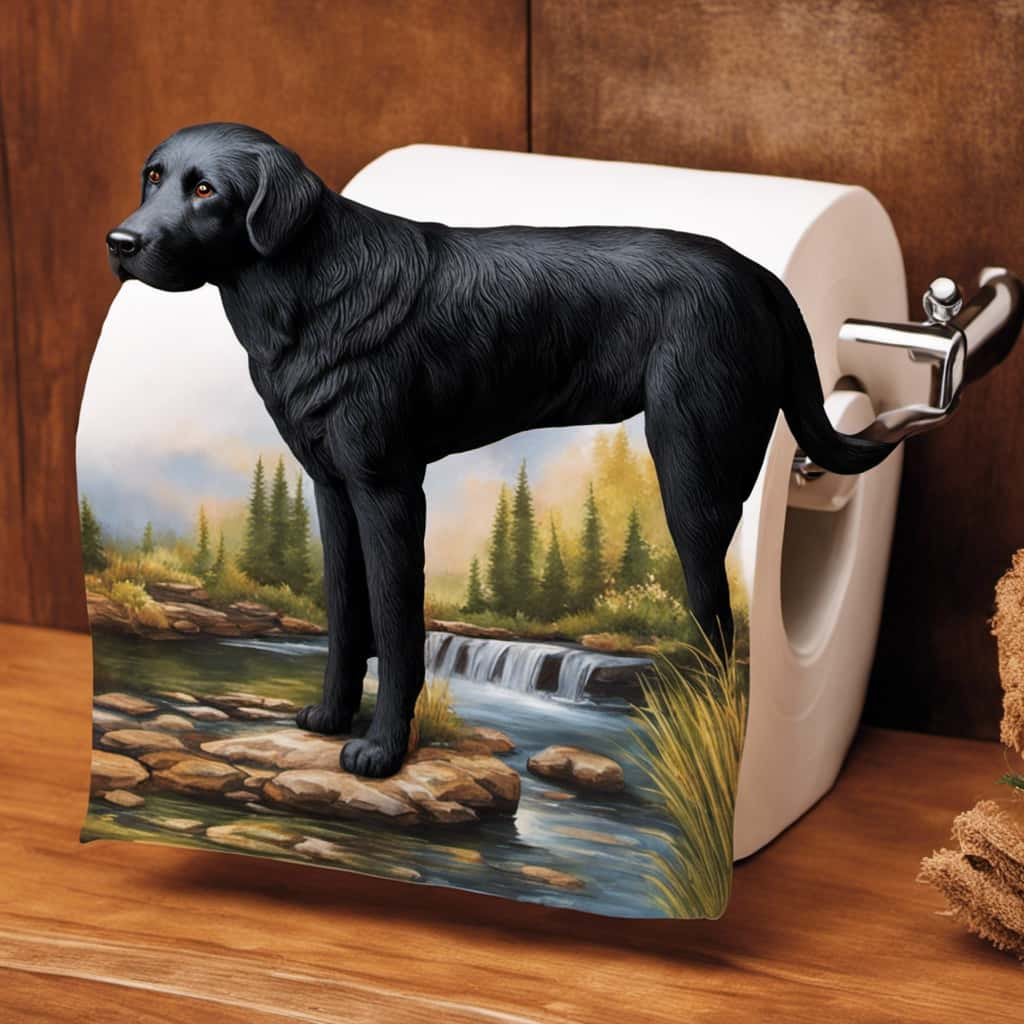
Are There Any Health Risks Associated With Flushing Kitchen Roll?
There are potential health risks associated with flushing kitchen roll down the toilet. It can lead to clogged pipes, which can cause sewage backups and damage to the plumbing system. It is important to consider the environmental impact and explore alternatives to kitchen roll.
Conclusion
In conclusion, it isn’t advisable to flush kitchen roll down the toilet. The differences between kitchen roll and toilet paper, as well as the potential impact on plumbing systems, make it a risky choice.
Environmental concerns further highlight the need for alternative disposal methods. By understanding these factors and opting for proper disposal, we can avoid clogging our pipes and damaging the environment.
So let’s spare our toilets and find more suitable ways to bid farewell to kitchen roll!
